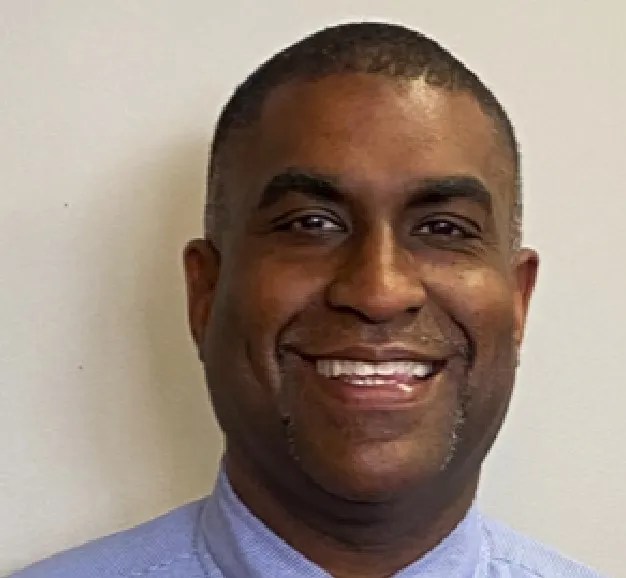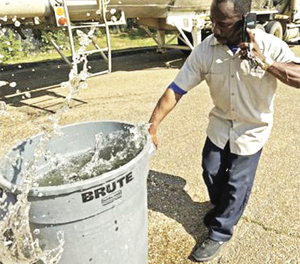By Ryan Coleman,
randallstownnaacp@gmail.com
Before Maryland developed a system of public education in the nineteenth century, formal education was limited to the wealthy. The leaders knew the State of Maryland needed educated citizens. According to information released from the Maryland State Archives, “in 1798, a prominent educator exhorted the General Assembly to establish a State board of education and a uniform system of public schools.” The original purpose of public education was to provide both a basic academic education, as well as a common political and social philosophy, to all young people regardless of social class.
The Constitution of Maryland Article VIII Section states, “shall by Law establish throughout the State a thorough and efficient System of Free Public Schools.”
A “thorough” action or activity is one that is done very carefully and in a detailed way so that nothing is forgotten. “Efficient,” means capable of producing desired results especially without waste. This means Baltimore County Public Schools must provide a free education to all children in the county. It must focus on content knowledge, citizenship and the skills necessary for young people to be successful adults.
Per the Constitution the school system is responsible to educate all our children however they come- poor, gay, Black, one parent, no parents, disabled, special education or immigrant. Therefore, the blame of not educating our Black students and all students collectively is Baltimore County Public Schools fault alone.
The Randallstown NAACP recently held its award ceremony and townhall on education. We honored Dr. Tim Tooten, Clarence Mitchell IV, Bryan Nehman and Christopher Papst for their unwavering coverage of education. The town hall portion focused mostly on the lack of academic achievement for students. Attendees blamed teachers, principals, administrators, the curriculum, low standards, lack of professional development, lack of diversity, the Union, Lack of Parental involvement and society as a whole.
I want to focus on the lack of diversity in the teaching ranks at Baltimore County Public Schools.
I have grown tired of hearing there aren’t enough Black Teachers.
I have grown frustrated that all is [not] being done. In fact, whenever we talk about diversity or being treated fairly….we are told we must wait. I hope that the current administration is successful in bringing real change. Ensuring that Black students have more faces that look like them. Time will tell.
Sadly, our experience has been– and is being replicated time and again across the country– that Black youth are stifled by educator bias: The inability of teachers to recognize and rise above the implicit (and sometimes explicit) prejudices they hold about Black students.
This bias plays a key role in keeping Black students out of the gifted programs and advanced classes that would give them opportunities to earn free college credits and boost their chances of going to college. Indeed, while Black students make up 15 percent of high schoolers nationwide, they are just 9 percent of students enrolled in at least one Advanced Placement (AP) course.
Addressing educator bias is critical. We can and should push for all educators to view our kids fairly. But even more importantly, we must find teachers who –by both background and training– can already accurately assess the intelligence and potential of our kids.That means more Black teachers in the classroom.
Today, many schools are using the same decades-old educational playbook that was designed by and for White America. But experts predict that by 2050, the majority of the U.S. population will be non-White — underscoring the need to transform our education system to more equitably serve all students. Currently, Black students are the majority in Baltimore County Public Schools.
Black teachers, who’ve long played a role in educating children shut out of the traditional system, will be essential to this transformation.
Our predominantly White education system fails many Black students, undermining their opportunities for lifetime success even as their lives are just beginning. If we are committed to transformation, prioritizing teacher diversity should be a foundational goal of Baltimore County Public Schools. Not only has it been linked to improved academic achievement, behavior and college aspirations among Black students, but White students also report positive academic and social-emotional experiences when exposed to teachers of color.
Hiring Black teachers is an important first step, but decision-makers should also adopt the following practices to ensure these teachers feel empowered and supported to stay.
1. Embrace and trust Black teaching
As leaders strive to convert the equity plan into action, they must evaluate whether their school cultures welcome Black ideas and foster networks of support.
2. Center Black joy and intellect
Predominantly White education systems too often categorize Black students by their perceived limitations, rather than their strengths. Schools should embrace curricula that present an asset-based lens on Black history, so students can understand Black Americans’ rich contributions to our nation’s story and, in turn, see opportunity in their own future.
3. Invest in Black teachers
As the school system commits to hiring and supporting more Black teachers, it must make teacher demographic data readily accessible to all. Parents and caregivers should feel empowered to use this information to advocate for more teachers of color in their communities and, once successful, rest assured that these skilled teachers will challenge their children to think critically and embrace new perspectives.










